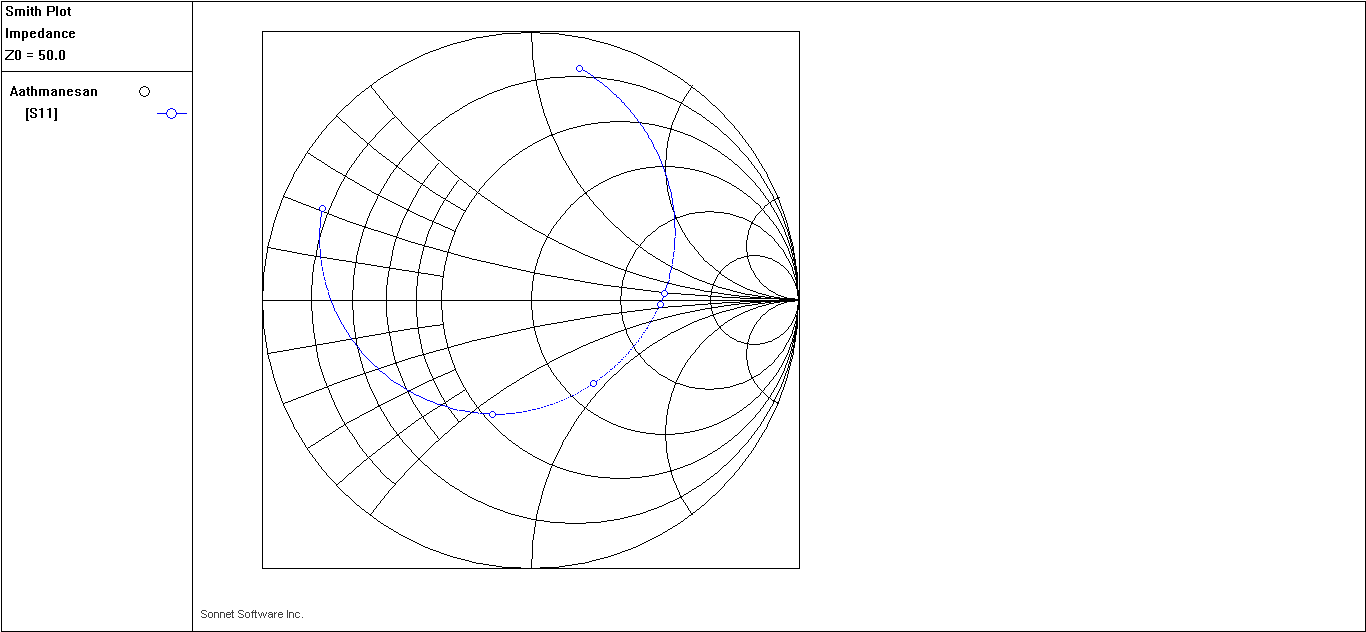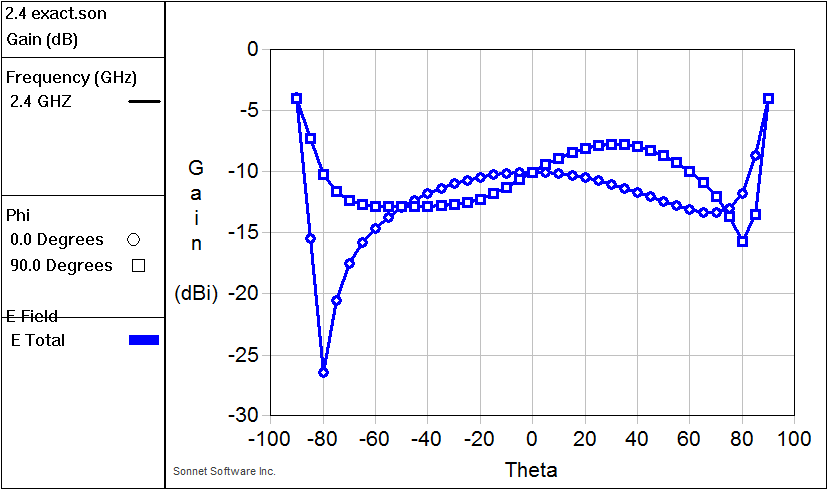How to extract results from.the graph obtained from sonnet


someone explain me am waiting
Sonnet gives Far Field parameters only, not gain.
If you know s-parameters, it means that you know the impedance,vswr etc.. what is the problem..?
nesan, as explained earlier: Only the expensive version Sonnet Professional can calculate the antenna gain from current density. The free Sonnet Lite can not do this.
The other parameters that you asked about can be plotted directly from the viewer.
Thanks a lot for the information. is there any possibility or formula or calculation procedure to calculate gain manually using the values such as zin vswr s11 y11 z11 because am a student who is not economically strong to buy professional software
No, this is not possible.
thanks sir. may I post my antenna file and. will you simulate in your computer and post the gain and far field results
Ok, I can do that.
here is my project file sir please see this and correct it with your experience in this field to make my antenna to produce 2.4 ghz results and post the results with gain and gerber file which i required for display in pcb as an antenna Thanks in advance and thanks for your time sir .2.4 exact.rar
No, I will not do all the work for you. As I told you, this is your student project and you need to learn by doing this yourself. I gave you tutorial links and antenna design is also described in the Sonnet manuals. Now it is your job to read this and create your design. Many students have done that before.
I calculated at the antenna gain for your antenna and it looks really bad. Then I looked closer at the antenna and it makes no sense. Your antenna is completely messed up. You have created a lossy capacitor to the absorbing top cover. Why is the air layer thickness above the patch 6.122e-5 mm instead of half wavelength?
And why is the feed at the edge, instead of centered? You have seen patch antenna shapes before in the tutorials, why do you ignore all that? Why do you waste the time of people who were willing to help you?

Oh am so sorry for mistakes and I just got some results only when feeded at the edge. and may I know the corrective measures to make a better antenna
hi edabord from the great help I designed and simulated patch antenna thanks now am triyng same in ie3d it doesnt produce results so please suggest me step by step tutorial in ie3d to design 2.4 ghz rectangular patch antenna
- diffrent results in hfss feko and cst
- Simulation in ANSYS of a paper do not get the same results?
- Wierd S-Parameter results simulating C-Band PCB traces in CST Studio.
- Lumped and Distributed Circuits results error
- Different Results in Transient Simulation with S-parameters from file in ADS
- Help with results of a Wirelles Power Transfer Circuit.
